When you think “cheddar,” it’s possible that you also think “orange and ordinary.” While we frankly still love the orange grocery store stuff for cooking and late-night-snacking, there’s much more to the world of cheddar than the stuff atop your nachos.
Cheddar was invented in the village of Cheddar in Somerset, England over a thousand years ago. While there is now only one cheddar actually made in Cheddar, the present-day world of cheddar cheese includes a wider range of offerings than just about any other international cheese style.
According to the U.S. Code of Federal Regulations, any cheese can technically qualify as a cheddar in the U.S. as long as its moisture content is up to 39 percent, with at least 50 percent fat by dry matter (a somewhat confusing way to talk about fat content, meaning the percentage of fat that remains if you theoretically removed all the liquid from the cheese).
This expansive definition leaves room for both beauties and duds. We can assure you, though, that the beauties are worth the search. Read on for six cheddars that are anything but basic, and what to drink with them.
Shelburne Cheddar
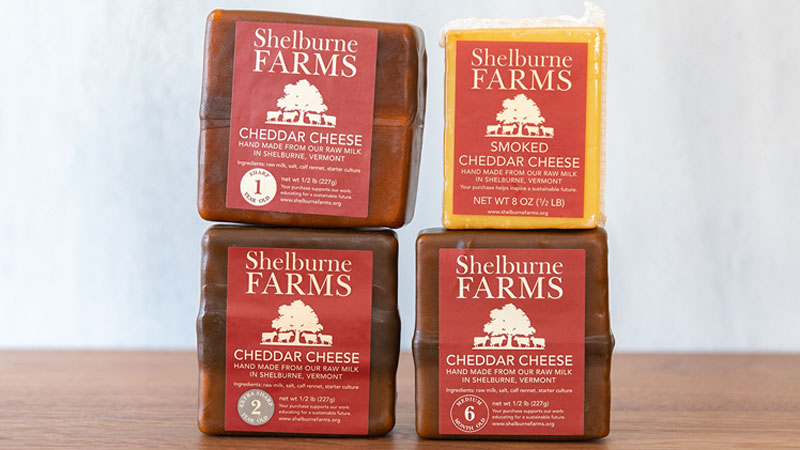
Shelburne Farms, a nonprofit organization and education center dedicated to promoting sustainability, makes about 170,000 pounds of raw milk cheddar annually from its herd of Brown Swiss cows. The organization offers cheese in a range of ages, from six months to three years; a smoked and a clothbound option, as well as a newer beer cheddar in collaboration with Fiddlehead Brewing Company. Thanks to the pasture-fed milk from the Swiss Brown cows, each iteration is excellent in its own right and should be consumed with your favorite Vermont IPA for a fun, terroir-driven pairing.
Prairie Breeze
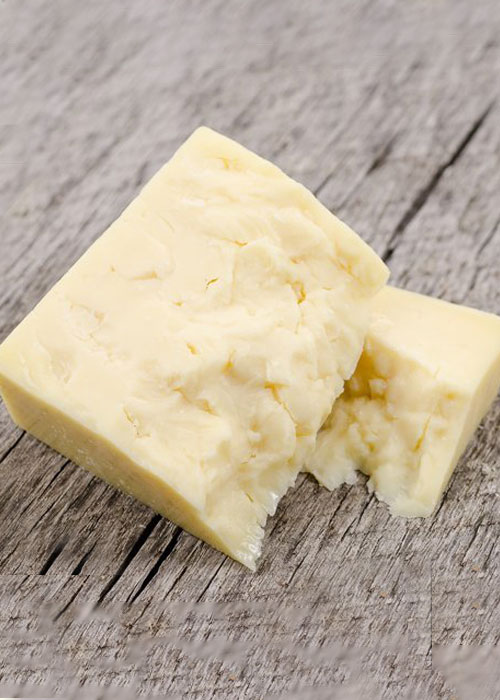
This sweet, crystalline cheddar is made by the Musser family in Iowa with milk from the small dairy farms of their Amish neighbors. Prairie Breeze has notes of caramel corn, soy sauce, and tropical fruits, with a crumbly, creamy texture. It’s killer with a tiki cocktail, and is one of the few cheeses that is delicious with coffee.
Montgomery’s Cheddar
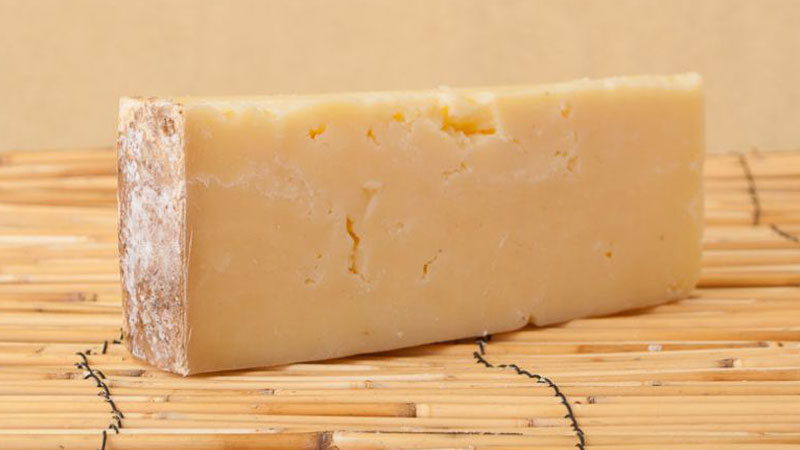
One of the most delightful cheddar variations is called “bandaged” or “clothbound,” a technique developed in the United Kingdom around the 19th century. Once the cheddar has been made, the wheel is rubbed down with something sticky — usually butter or lard — which is used as an adhesive for surgical-grade muslin. This creates a sort of artificial rind for the cheese, allowing it to develop more earthy, complex flavors as it ages. Montgomery’s Cheddar is a benchmark British clothbound cheddar made in Somerset (cheddar’s homeland) by James Montgomery and Steve Bridges at Manor Farm, using traditional methods. It’s known for its earthy, rustic flavors, which cheesemongers like to describe as “the crispy edge of a Sunday roast.” Enjoy with a hard English cider.
Quicke’s Goat Cheddar
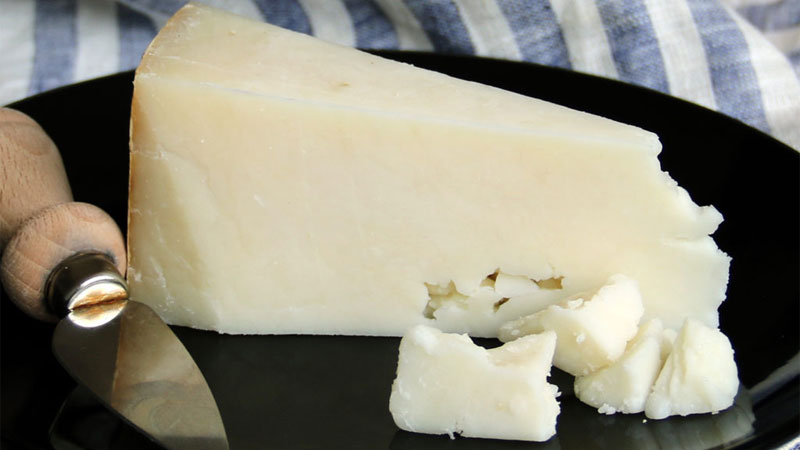
Quicke’s, based in Devon, England, is another major player on the English clothbound cheddar scene. Quicke’s farm makes beautiful clothbound cheddars from its herd of mixed-breed cows (which owner Mary Quicke regularly and charmingly blogs about), but the goat’s milk clothbound cheddar produced here is one of a kind. Aged around six months, and made from goat milk from a nearby farmer, the cheese has flavors of toasted almond, horseradish, and preserved lemon. It pairs wonderfully with rye whiskey.
Caputo’s House Cheddar
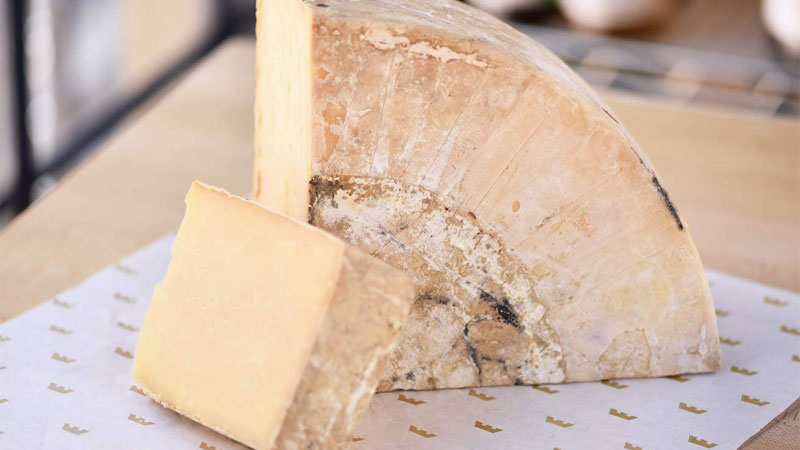
Caputo’s, which is easily the best specialty food store in Utah, collaborates on this award-winning cheddar with the local Beehive Cheese. After about six months of aging in a cloth rind stuck on by butter, the rind is removed and replaced with a new cloth rind stuck on with duck fat (!), then aged for several more months. The resulting cheese has notes of roasted turnips and brown butter, and is very good with a dry stout.
Red Rock
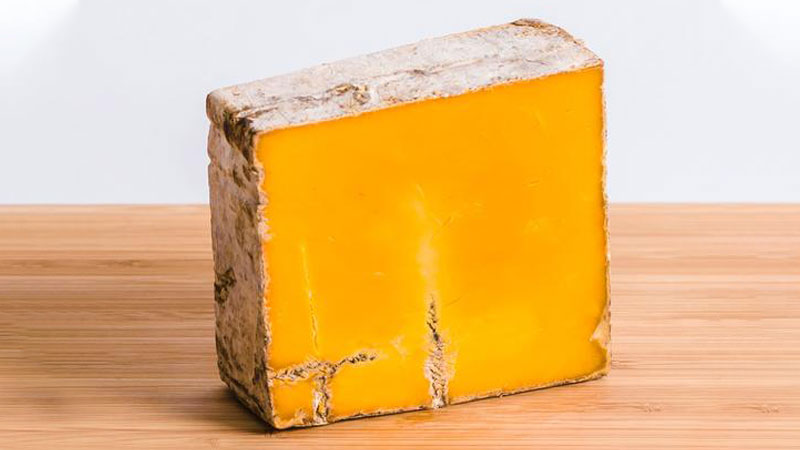
This striking cheese, colored bright orange with twice the amount of annatto used in a typical cheddar, takes the buttery friendliness of your favorite snacky cheddars and marries it with a rustic, peppery blue cheese. Made in Wisconsin by Master Cheesemaker Chris Roelli, Red Rock is aged for two to three months and is creamy and complex, with a hint of blue mold. While its moldy blue veins may seem intimidating, it’s the perfect just-mild-enough blue cheese to convert a blue cheese hater. It is lovely with a Spanish red wine like Rioja.